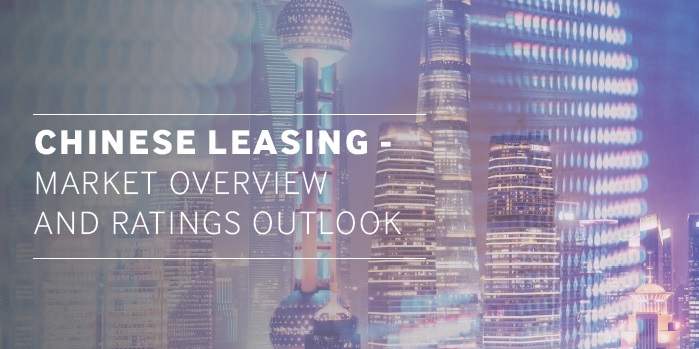
Chinese Leasing: Market Overview and Ratings Outlook
ByChina’s leasing sector has continued to expand, benefiting from increasing financing opportunities and expanded funding channels as a result of favourable regulatory developments.
The overall lease contract balance rose by 14% in 2017, slowing from
20% in 2016 but still well above the GDP growth rate, with independent (foreign-funded and domestic) leasing companies being particularly active.

The sector’s funding from bond and asset-backed securities (ABS) issuance tripled to $64bn in 2017 from $21bn in 2015. Onshore bonds and ABS have become important direct funding sources in addition to bank loans.
The regulators’ increased scrutiny of shadow banking and moves to shut down illicit funding channels (mainly bank loans packaged into trust or wealth management products) has led Chinese lessors’ to rely less on these sources.
This improves the transparency and funding structure of lessors, which is positive for sector stability. In addition, the Shanghai and Shenzhen exchanges further improved standards and transparency for ABS issuance.
However, less-established lessors with weaker credit profiles may face rising funding cost and poorer access to liquidity, which could threaten their viability.
Download to find out more.

